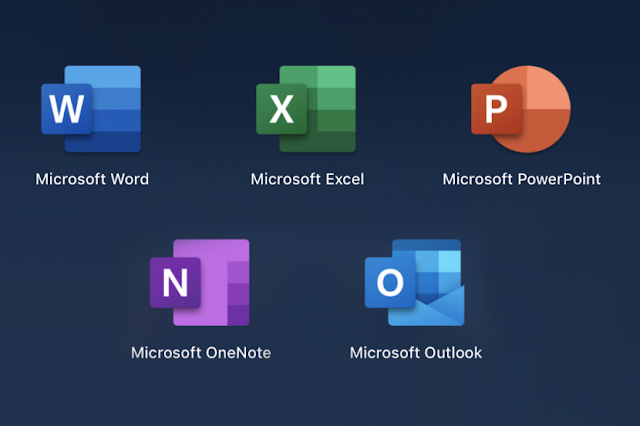
If errors are found, please report them to: office documents start with a template, which can be as simple as a blank standard-sized page or as complex as a nearly complete document with text, graphics and other content.

The following techniques will increase the accessibility of your documents, but it does not guarantee accessibility to any specific disability groups.In addition, Word for Mac offers many other word processor and web format saving options, however most of these have not been checked for accessibility. The default file format for Word for Mac is Office Open XML (DOCX). Typical of office-style workflows (Reports, letters, memos, budgets, presentations, etc.).įor more information on creating forms, web pages, applications, or other dynamic and/or interactive content that are accessible, you should consult the W3C-WAI Web Content Accessibility Guidelines ( WCAG 2.0) because these are specifically designed to provide guidance for highly dynamic and/or interactive content.Self-contained (i.e., without hyperlinks to other documents, unlike web content), and.and do not include audio, video, or embedded interactivity), Fully printable (i.e., where dynamic features are limited to automatic page numbering, table of contents, etc.

Text-based (i.e., not simply images, although they may contain images),.Intended to be used by people (i.e., not computer code),.This guide is intended to be used for documents that are: For more information, see Technique 11 or review how to make your Word documents accessible to people with disabilities.

Editor’s note: Later versions of Word for Mac include an accessibility checker (for 2016 and later versions).


 0 kommentar(er)
0 kommentar(er)
